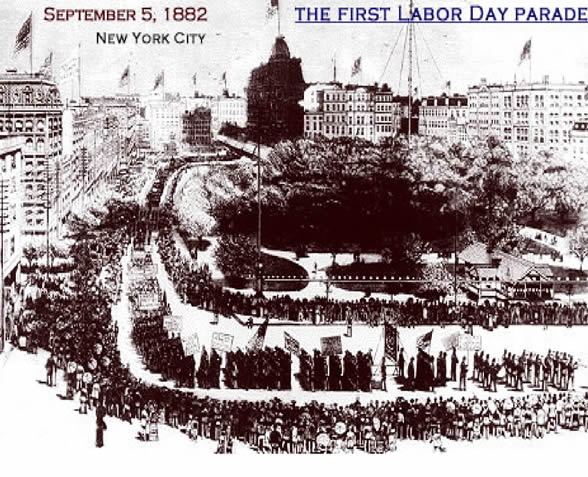Published: September 1, 2021
Sometimes called the "unofficial end of summer," Labor Day is an annual celebration of the economic and social achievements of American workers. The legal holiday was created in 1894 by 28 Stat. 96 and is observed on the first Monday of September.
"American labor has raised the nation’s standard of living and contributed to the greatest production the world has ever known and the labor movement has brought us closer to the realization of our traditional ideals of economic and political democracy. It is appropriate, therefore, that the nation pays tribute on Labor Day to the creator of so much of the nation's strength, freedom, and leadership – the American worker."
Before becoming a federal holiday, it was recognized by labor activists and individual states. The first Labor Day holiday was celebrated on Tuesday, September 5, 1882, in New York City. Following the growth of the labor movement, on June 22, 1894, Senator James Henderson Kyle of South Dakota introduced bill S. 730 to the 53rd Congress to make Labor Day a legal holiday, and on June 28, 1894 it was signed into law by President Cleveland. (Source: Department of Labor )
Additional Resources
- History of Labor Day, U.S. Department of Labor
- Check out the Department of Labor’s Hall of Honor Inductees, honoring Americans whose distinctive contributions to the field of labor have enhanced the quality of life of millions yesterday, today, and for generations to come. Inductees are chosen each year, and a formal induction ceremony is conducted at the U.S. Department of Labor in Washington, D.C.
